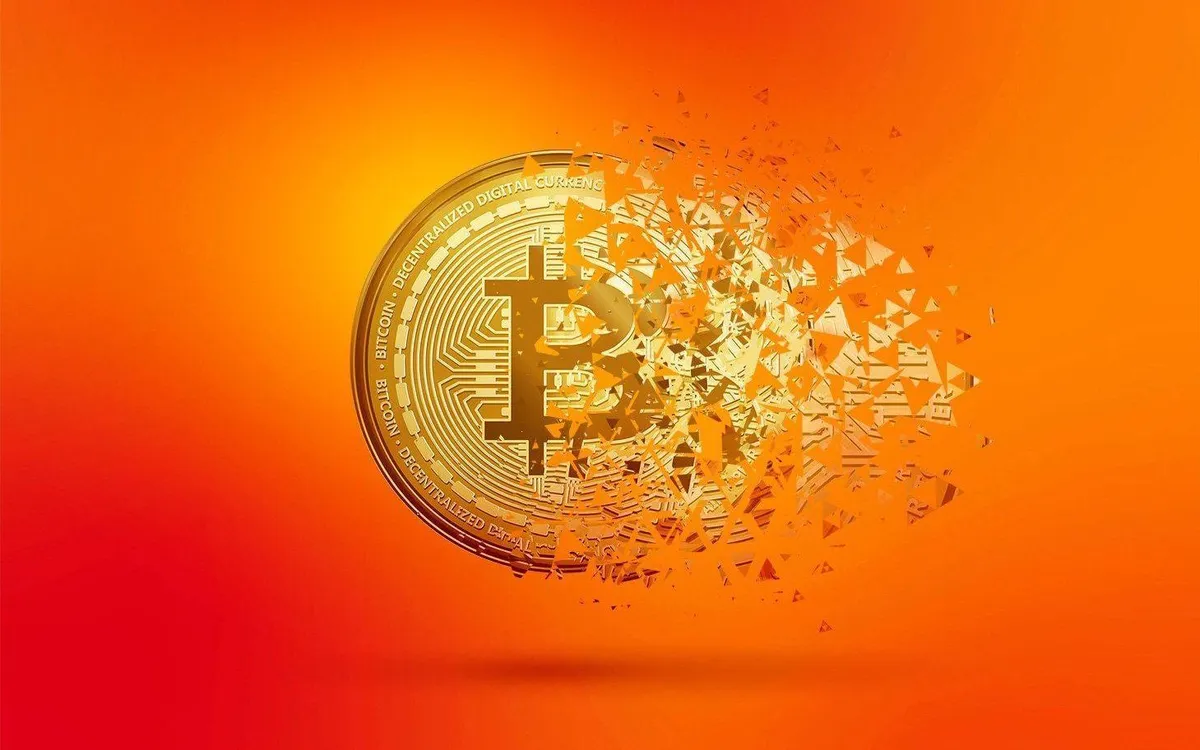
The crypto-asset market offers both opportunities for innovation and profits, but also risks - (Photo: Kaspersky)
From Bitcoin, Ethereum to stablecoins and NFTs…, the crypto-asset market opens up opportunities for innovation while also posing risks to macroeconomic stability, money laundering, terrorist financing and consumer protection. The question facing countries is: how to regulate and enable crypto-asset trading in a way that encourages innovation while limiting systemic risk.
First of all, to regulate crypto assets, each country needs to come up with a legal definition for this new asset class. Some countries consider them a form of commodity, others recognize them as intangible assets, and others classify some tokens (digital assets) as securities if they are investment-grade and expected to generate profits. A few countries go further and consider crypto assets as a form of currency, although most have yet to recognize them as legal means of payment. This legal definition has brought with it a series of licensing requirements for exchanges, e-wallets, custody services, as well as regulations on transparency, anti-money laundering and tax obligations.
The European Union (EU) is currently leading the way in developing a comprehensive legal framework for the management of crypto assets. The Markets in Cryptoassets Act (MiCA) is considered a milestone, clearly defining the responsibilities and obligations of token issuers, exchanges, e-wallet providers and especially stablecoin issuers. MiCA requires reserves to guarantee stablecoins and financial transparency to protect investors. With this legal framework, the EU hopes to create stability and open up a fair competitive environment across the bloc, helping startups operate across borders without facing different legal obstacles between member countries. However, the cost of complying with MiCA is not small, especially for small projects, so there are still concerns that too strict regulations can somewhat hinder innovation.

Each country has its own model of crypto asset management - (Photo: Bankless Times)
In contrast to the EU, the US has a more fragmented approach, with different agencies involved in oversight. The Securities and Exchange Commission (SEC) often treats many tokens as securities and imposes registration requirements, while the Commodity Futures Trading Commission (CFTC) regulates them as commodities. Additionally, the Internal Revenue Service (IRS) requires individuals and organizations to report profits from crypto-asset trading as taxable income. In recent years, the US has seen new progress with the SEC approving spot exchange-traded funds (ETFs) based on Bitcoin and Ethereum, opening the door to more institutional capital. The strengths of the US model lie in transparency, investor protection, and deep financial markets. But at the same time, fragmented oversight and differences between states make it difficult for businesses to determine their legal obligations, while excessive caution has also left the US behind some countries in experimenting with decentralized financial products.
Japan was one of the early Asian countries to adopt cryptocurrencies in its legal system. After the collapse of Mt. Gox, the country amended the Payment Services Act to consider crypto as legal virtual assets and required exchanges to register and strictly comply with anti-money laundering regulations. The Japanese Financial Services Agency (FSA) conducts supervision and also taxes income from crypto transactions at high rates. Thanks to this tight legal framework, Japan has become a more stable and transparent crypto market, although the tax and regulatory burden remains a barrier for many retail investors.
Meanwhile, Singapore has taken a more balanced approach. The country does not consider cryptocurrencies as legal tender, but recognizes them as tradable assets. The Payment Services Act (PSA) requires strict licensing and supervision of exchanges and wallet providers, with anti-money laundering compliance requirements. The Monetary Authority of Singapore (MAS) sets standards for stablecoins, only recognizing those with reserves and transparency. The open but tightly controlled regulatory environment has made Singapore an attractive destination for global blockchain and fintech companies.
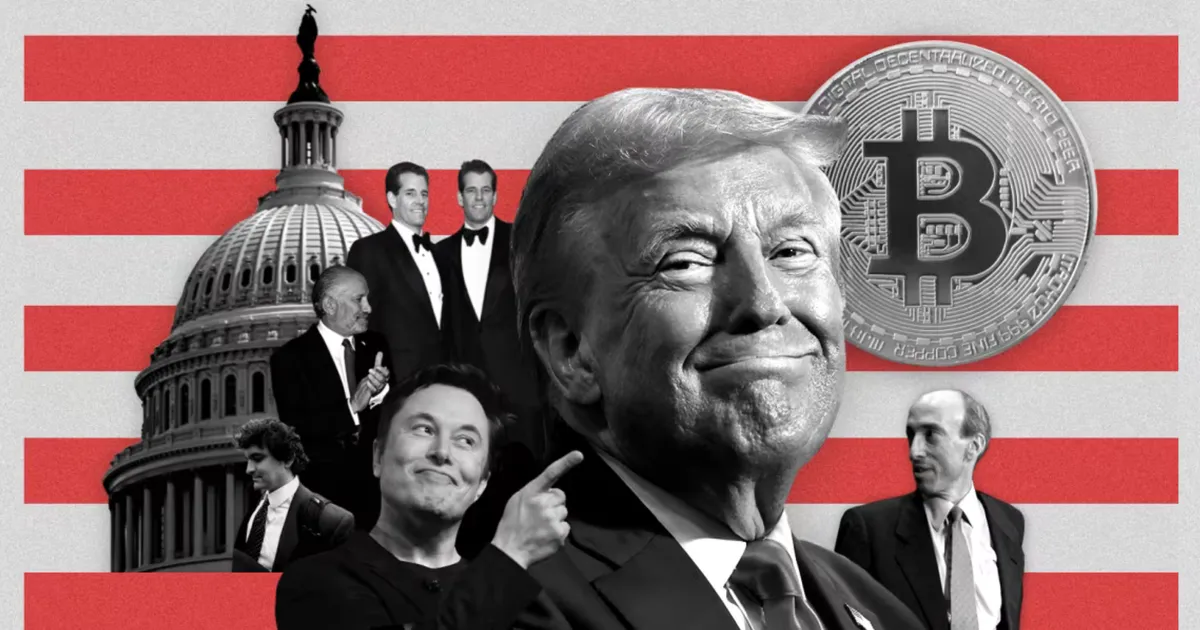
The cryptocurrency industry once poured tens of millions of dollars into the 2024 US presidential election - (Photo: Getty Images)
South Korea is also becoming a crypto trading hub in Asia. The government requires all virtual asset service providers to register and comply with AML/KYC regulations. After the Terra-Luna scandals, South Korea tightened oversight, banned anonymous coins, and increased protection for individual investors. This has resulted in a safer crypto market in South Korea, but also a significant reduction in the number of coins legally listed on exchanges.
Several Middle Eastern, North African and African countries have banned crypto due to concerns about losing control of capital flows. El Salvador, on the other hand, has recognized Bitcoin as legal tender to attract investment, but this model is controversial because Bitcoin's strong price fluctuations can increase macroeconomic risks.
Looking back at the global crypto-asset management “map”, it can be seen that each model has its own advantages and disadvantages. Tight policies help limit macro risks but can stifle innovation, while open legal frameworks are easily exploited for illegal purposes. Therefore, the most effective approach is to build a clear but flexible legal system, combining strict supervision with testing mechanisms and investor protection. Countries also need to focus on international coordination, because cryptocurrencies have no borders, any legal loophole can become a weak point to be exploited.
In recent years, several prominent trends have shaped the global crypto asset management landscape. These include: stablecoin regulation and asset tokenization; international cooperation on cross-border crypto; sandbox testing; and tax reform to increase revenue. In addition, countries are also pushing to improve their tax and accounting frameworks to increase budget revenues and reduce fraud.
The rise of crypto assets poses both a difficult problem and a great opportunity for economies . If regulated effectively, crypto can become a driving force for financial innovation, support global trade and expand investment opportunities. On the contrary, if it is lax or too rigid, financial and social risks may increase, or development opportunities may be missed. The important thing is not to choose a "standard model" but to find a balance between innovation and control, encouragement and supervision, to build a sustainable digital financial ecosystem.
Source: https://vtv.vn/giao-dich-tai-san-ma-hoa-duoi-lang-kinh-quan-ly-toan-cau-100251003105215767.htm



![[Photo] General Secretary To Lam attends the 8th Congress of the Central Public Security Party Committee](https://vphoto.vietnam.vn/thumb/1200x675/vietnam/resource/IMAGE/2025/10/4/79fadf490f674dc483794f2d955f6045)


![[Photo] Bustling Mid-Autumn Festival at the Museum of Ethnology](https://vphoto.vietnam.vn/thumb/1200x675/vietnam/resource/IMAGE/2025/10/4/da8d5927734d4ca58e3eced14bc435a3)
![[Photo] Solemn opening of the 8th Congress of the Central Public Security Party Committee, term 2025-2030](https://vphoto.vietnam.vn/thumb/1200x675/vietnam/resource/IMAGE/2025/10/4/f3b00fb779f44979809441a4dac5c7df)
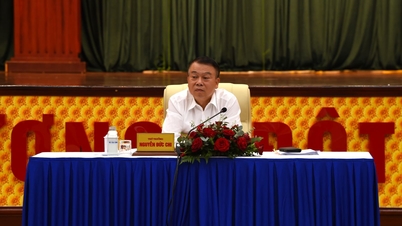





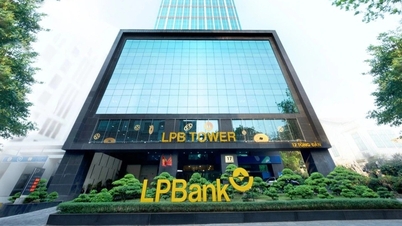















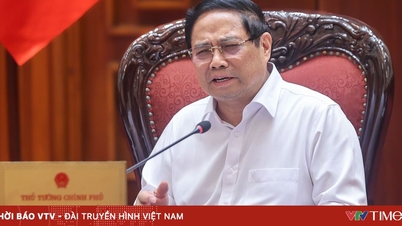
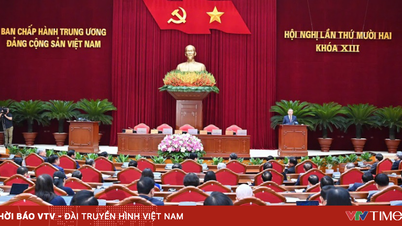
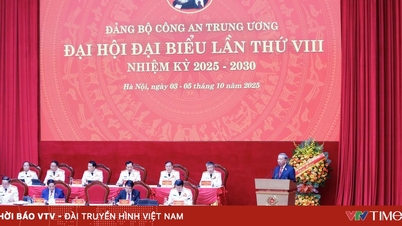


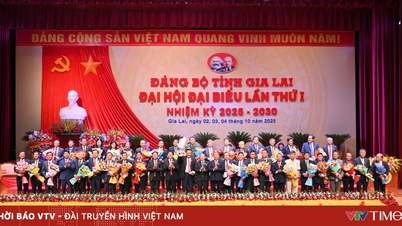

























![[VIDEO] Summary of Petrovietnam's 50th Anniversary Ceremony](https://vphoto.vietnam.vn/thumb/402x226/vietnam/resource/IMAGE/2025/10/4/abe133bdb8114793a16d4fe3e5bd0f12)

![[VIDEO] GENERAL SECRETARY TO LAM AWARDS PETROVIETNAM 8 GOLDEN WORDS: "PIONEER - EXCELLENT - SUSTAINABLE - GLOBAL"](https://vphoto.vietnam.vn/thumb/402x226/vietnam/resource/IMAGE/2025/7/23/c2fdb48863e846cfa9fb8e6ea9cf44e7)






















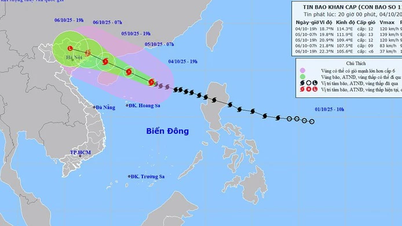











Comment (0)